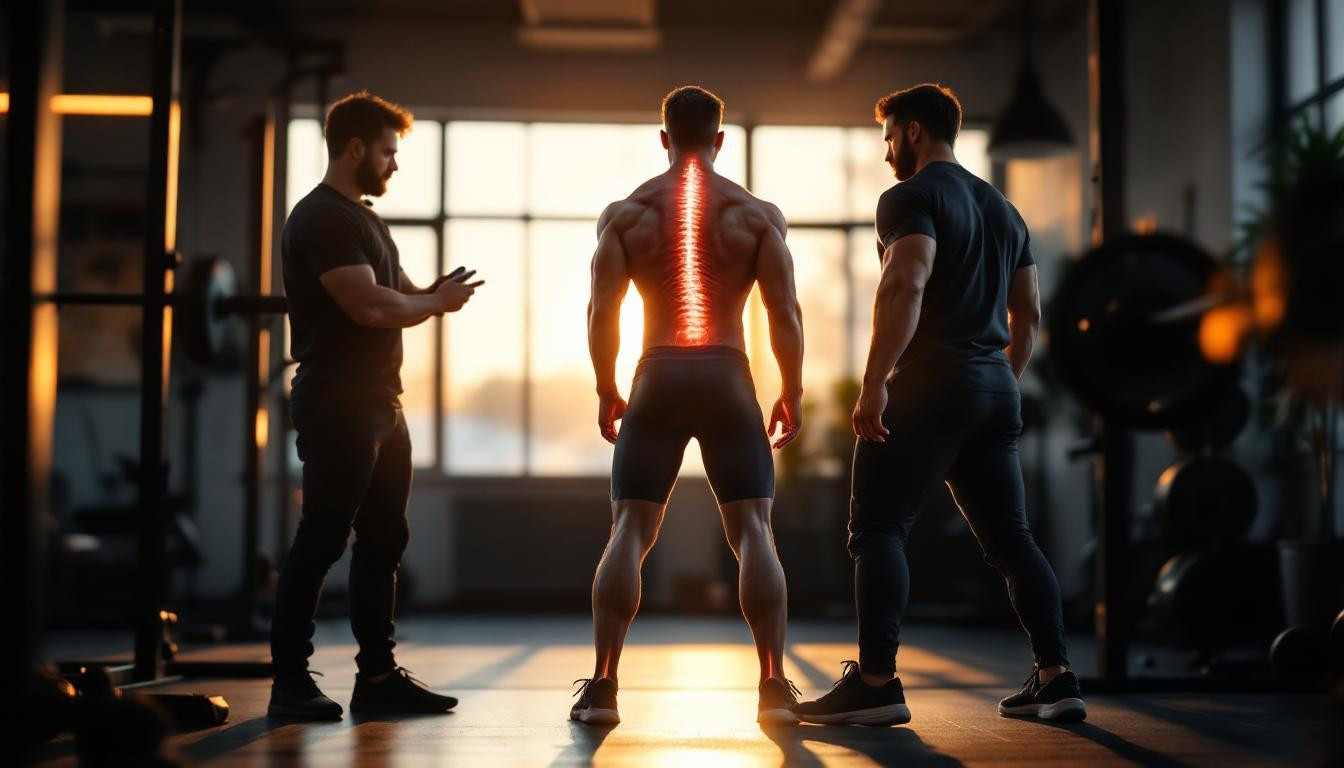Your body has a secret language of movement—one that compensates when things aren’t working properly. These compensatory movement patterns might be silently sabotaging your fitness goals and causing mysterious pain that seems to come from nowhere. Studies show that over 70% of chronic pain issues stem from these hidden movement adaptations that develop when your body tries to work around limitations.
What happens when your body improvises
Compensatory movements occur when your body finds alternative ways to perform tasks because the optimal path is blocked by pain, weakness, or restriction. Dr. Sarah Jenkins, rehabilitation specialist, explains:
“Think of compensations like taking a detour when the main road is closed. It gets you there, but it’s not the most efficient route and eventually creates traffic problems elsewhere.”
These patterns emerge gradually and become habitual. The concerning part? Most people don’t realize they’re happening until secondary problems develop. Your body prioritizes function over form, sacrificing long-term health for immediate capability.
Common compensation patterns include:
- Overarching your lower back during lifts when hip mobility is restricted
- Shifting weight to one side when standing or walking
- Elevating shoulders during arm movements instead of using proper shoulder mechanics
The ripple effect through your kinetic chain
Your movement system functions like a linked chain—when one link falters, others take on extra load. This interconnection explains why knee pain might actually originate from weak hip muscles, or why wrist discomfort could stem from shoulder immobility.
James Morgan, a marketing executive, discovered this firsthand: “I couldn’t understand why my lower back kept flaring up despite perfect lifting form. My physical therapist identified that my tight hip flexors were forcing my spine to compensate during everyday movements, not just workouts.”
This kinetic chain concept works like dominos—once one falls, others follow. Neurological adaptations cement these patterns, making them increasingly difficult to correct over time.
Surprising connections to overall health
Movement compensations affect more than just muscles and joints. Research increasingly links these patterns to:
- Decreased cardiovascular efficiency during exercise
- Compromised breathing mechanics affecting oxygen intake
- Increased nervous system activation contributing to stress responses
These connections explain why correcting movement patterns through consistent resistance training can improve conditions seemingly unrelated to exercise, including balance disorders and metabolic health.
Breaking the compensation cycle
Orthopedic specialist Dr. Michael Chen recommends:
“Think of compensation patterns like bad habits—they require consistent awareness and retraining rather than quick fixes. The neural pathways for movement can be rewired, but it takes deliberate practice.”
To identify and address your own compensations, start by:
Recording your movements from different angles during exercise. What you feel and what’s actually happening often differ dramatically. The camera reveals patterns invisible to your perception.
Prioritizing quality over quantity in your workouts. Your body’s adaptation mechanisms strengthen whatever patterns you practice most consistently—good or bad.
Working with movement specialists who can identify the root causes rather than just treating symptoms. The source of the problem is rarely where the pain appears.
Your body’s compensations tell a story about your movement history. By learning to read these patterns, you unlock not just pain relief but enhanced performance and longevity. The question isn’t whether you have compensations—we all do—but whether you’ll decode and address them before they limit what your body can achieve.
